Search results for 'varnishes for oil paint'
-
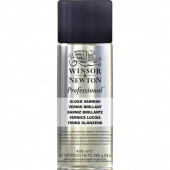
Winsor & Newton Picture Varnish Aerosol
Starting at: £18.25
-

Clear Dewaxed Shellac
Starting at: £9.20
-
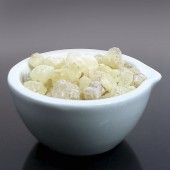
Gum Damar
Starting at: £10.00
-
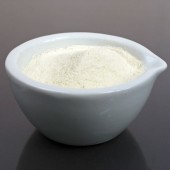
Gum Sandarac
Starting at: £8.60
-
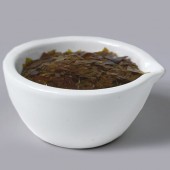
Orange Shellac
Starting at: £8.00
-

Button Shellac
Starting at: £8.40
-
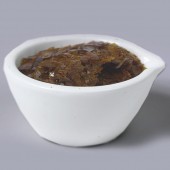
Lemon Shellac
Starting at: £8.20
-

Flake White Pigment
Starting at: £18.75
Call to Order



